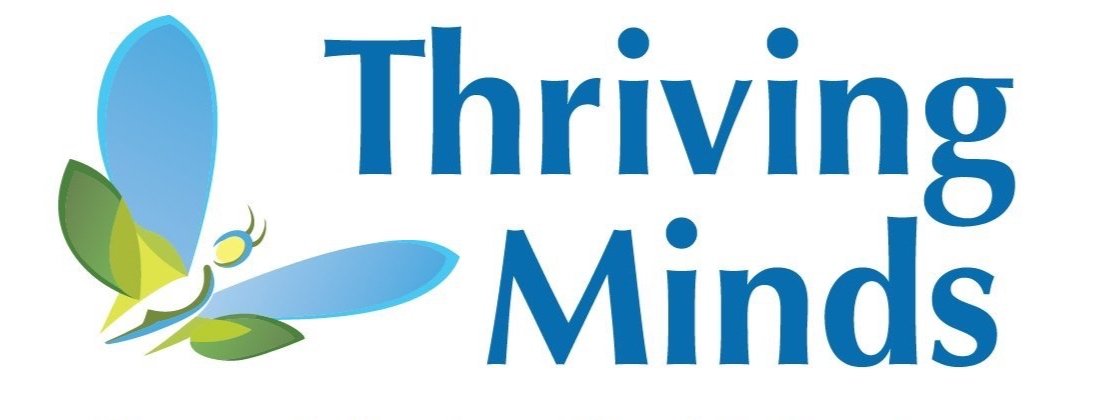What Reinforces Selective Mutism?
Four categories represent the functions of behavior, which provide insight as to why a child may be acting in a certain manner. These functions are: tangibles (attempts to gain an item or privilege), attention (attempts to gain interaction, be it positive or negative, from others), escape (attempts to avoid a feared stimulus), and sensory (attempts to gain physical stimulation or soothing). This article explores the functions of behavior and how they impact the presentation and treatment of children with selective mutism.
The escape category is particularly relevant to anxiety disorders such as selective mutism given that fear is driving the child’s behavior. For selective mutism, escape often presents as not speaking in social settings. A child may avoid speaking to certain people and in certain places. They may speak loudly and frequently at home, but softly and rarely in public or around teachers. The momentary relief the child feels from not having to talk reinforces the child to avoid speech in the future.
In order to break the reinforcement cycle of selective mutism, it is important to reduce family accommodations. Commonly, family accommodations include speaking for the child in public settings. For example, parents may order food for their child, answer questions for them, or otherwise step in when their child appears anxious to speak. In these cases, it is important to take a gradual approach to encouraging the child to speak for themselves.
There are several general recommendations in beginning this process. Firstly, it is recommended to begin by practicing responding tasks (e.g., answering someone else’s question) before moving to initiating tasks (e.g., asking someone else a question) which tend to be more difficult for children with selective mutism. Additionally, it is key to model to your child that they can “back up” (i.e., go to an easier Plan B) but not “back down” (i.e., get out of brave practices entirely). For example, if a child agreed to answer the question, “What is your favorite ice cream flavor?” but does not do so after ample time and opportunity, the parent may prompt the communication partner to ask a forced-choice rather than open-ended questions such as, “Is your favorite ice cream flavor chocolate, strawberry, vanilla, or something else?”. By giving a child options and modeling the words or phrases, a child is more likely to respond. Finally, it may be helpful to have a “side bar” with the child if they appear frozen, such that the child steps away for a moment to role-play and practice answering or asking with a comfortable communication partner such as a parent. All in all, goal setting and clear expectations are crucial to the process.
Another category relevant to selective mutism is the tangible category. The tangible category can be utilized as a tool to motivate the child to complete brave practices. While a child will still experience fear in the face of speaking, it is helpful to have a reward for completing challenging tasks such as using their brave voice. This reward can be physical, such as stickers or a new toy, or related to privileges, such as getting extra time to play or be on screens.
In conclusion, the act of not speaking serves a function for the child. In order to better aid a child in using their brave voice, it is therefore important to understand the function that underlies a child’s behavior. For professional support, including both assessment and treatment, contact Thriving Minds in Brighton, Chelsea, Livonia, or Ada.

